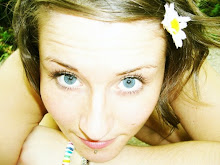My notes:
- Look at different sites
- Exhibition spaces - There all different?
- The Pavillion, 7 Saw Mill Yard, Round Foundary - It's next to the crosskeys pub
Quotes from press releases
- People write things to get people to come along to their show/exhibition
- The Alistair Robinson curated show "Rank" - Leeds City Art Gallery - Dedactic (too concerned about telling a story) - Some things are Art and some things aren't and the things that aren't are potentially more interesting.
- Olsen - At Hyde Park Picture House
- PSL having a closing party on 28th Feb 2-5pm
- A collaborative project between PLS (Leeds) and the Whitechapel Art Gallery (London)




